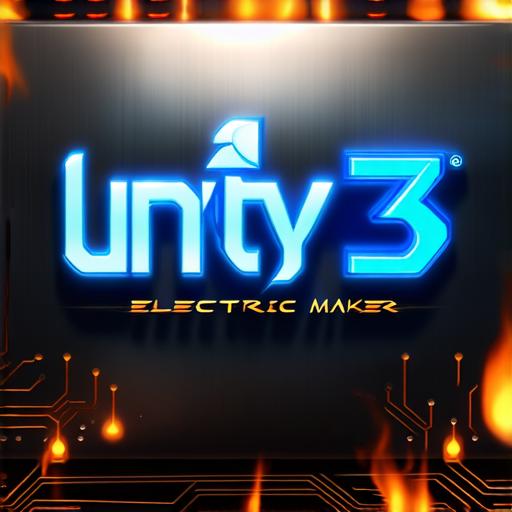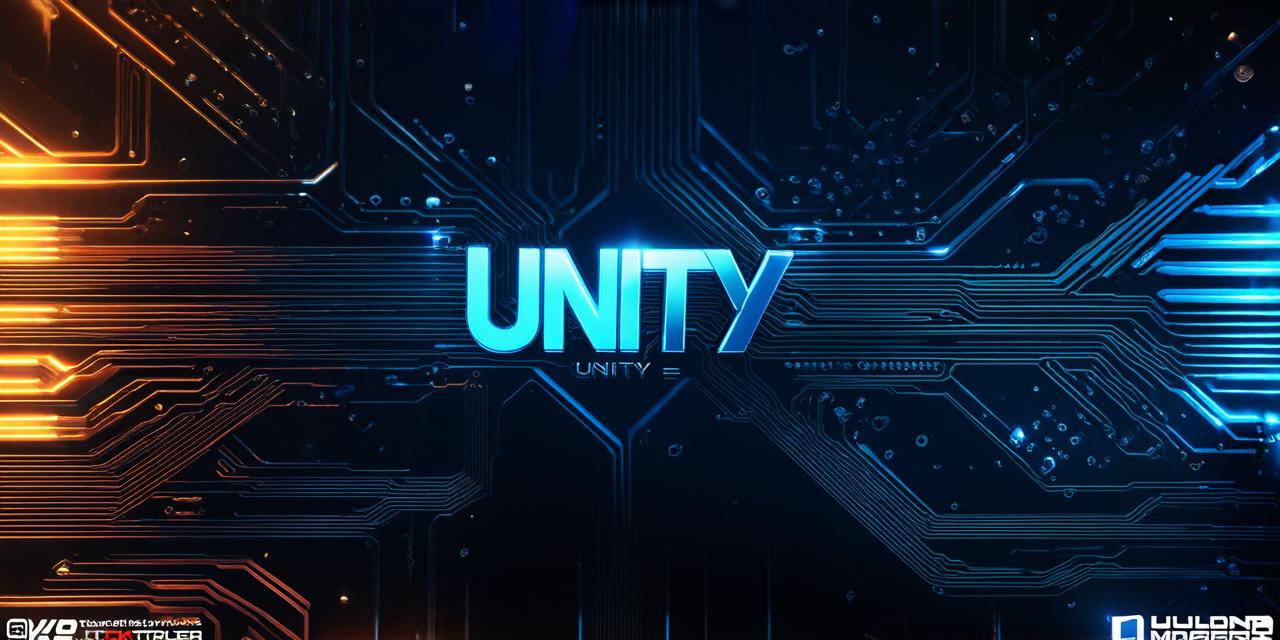Introduction
Unity 3D is a powerful game engine that has been widely used in the gaming industry for creating 2D and 3D games. It offers a wide range of features, including support for mobile platforms, virtual reality (VR), and augmented reality (AR). Unity 3D also supports scripting languages like C, which allows developers to create custom game logic and behavior.
In this comprehensive guide, we will explore the key features of Unity 3D Game Maker, and provide tips and best practices for using it effectively. Whether you are a beginner or an experienced developer, this guide will help you get started with Unity 3D and create your own games.
Getting Started with Unity 3D Game Maker
- Download and install Unity from the official website (https://unity.com/download).
- Open Unity and create a new project by clicking on “File” > “New Project.”
- Choose a template for your game, such as 2D or 3D, and click “Next.”
- Select the version of Unity you want to use and choose a location to save your project.
- Once your project is created, you can start building your game by adding assets like models, textures, and animations.

Key Features of Unity 3D Game Maker
- Asset Store: Unity has a large and active asset store where you can find pre-made assets like models, textures, animations, and plugins. This can save you a lot of time and effort when building your game.
- Scene Editor: The scene editor in Unity allows you to design and build the layout of your game world. You can add and position objects, create lighting, and set up camera angles.
- Scripting: Unity supports scripting languages like C, which allows you to create custom game logic and behavior. You can write scripts to control player movement, handle collisions, and manage game states.
- Physics: Unity has a built-in physics engine that simulates realistic physics in your game world. This includes features like rigidbody, collider, and particle effects.
- Audio: Unity has an audio system that allows you to add sound effects and music to your game. You can create and import audio assets, and use scripting to control playback.
- Multiplayer: Unity supports multiplayer development, allowing you to build games that can be played by multiple players over a network. This includes features like networking, matchmaking, and dedicated servers.
- Mobile and VR Support: Unity has built-in support for mobile platforms like iOS and Android, as well as virtual reality (VR) and augmented reality (AR) platforms. This allows you to create games that can be played on a wide range of devices.
Tips and Best Practices for Using Unity 3D Game Maker
- Organize Your Assets: It’s important to keep your assets organized in a clear and logical way. This will make it easier to find and reuse assets in your game. You can use folders and tags to categorize your assets.
- Use Version Control: If you are working on a team, it’s important to use version control software like Git to keep track of changes to your code and assets. This will prevent conflicts and make it easier to collaborate.
- Optimize Your Game: Unity has built-in tools for optimizing your game’s performance, such as the profiler and the optimization window. You can also use plugins like ODIN Inspector to debug and optimize your code.
- Test Your Game: It’s important to test your game thoroughly on different devices and platforms to ensure that it works as expected. You can use tools like Unity Analytics to track user behavior and identify areas for improvement.
